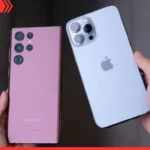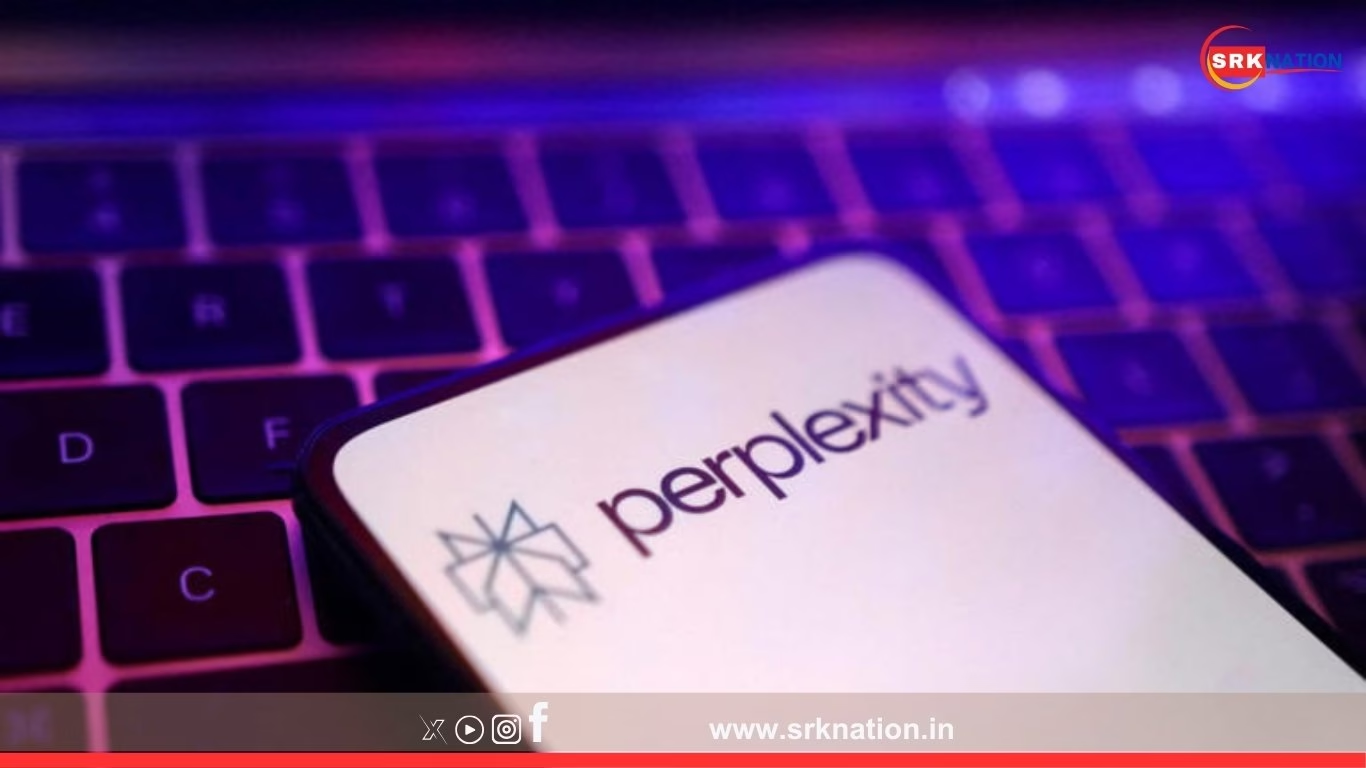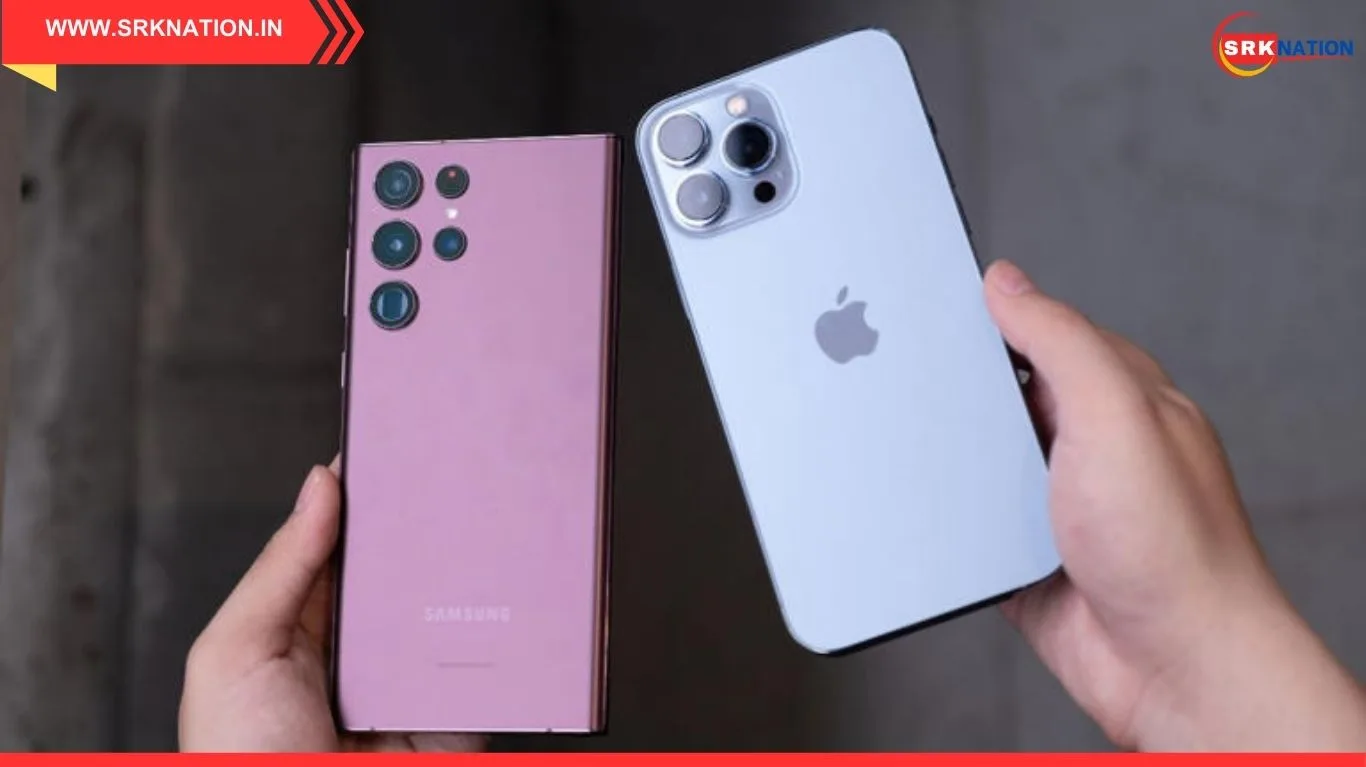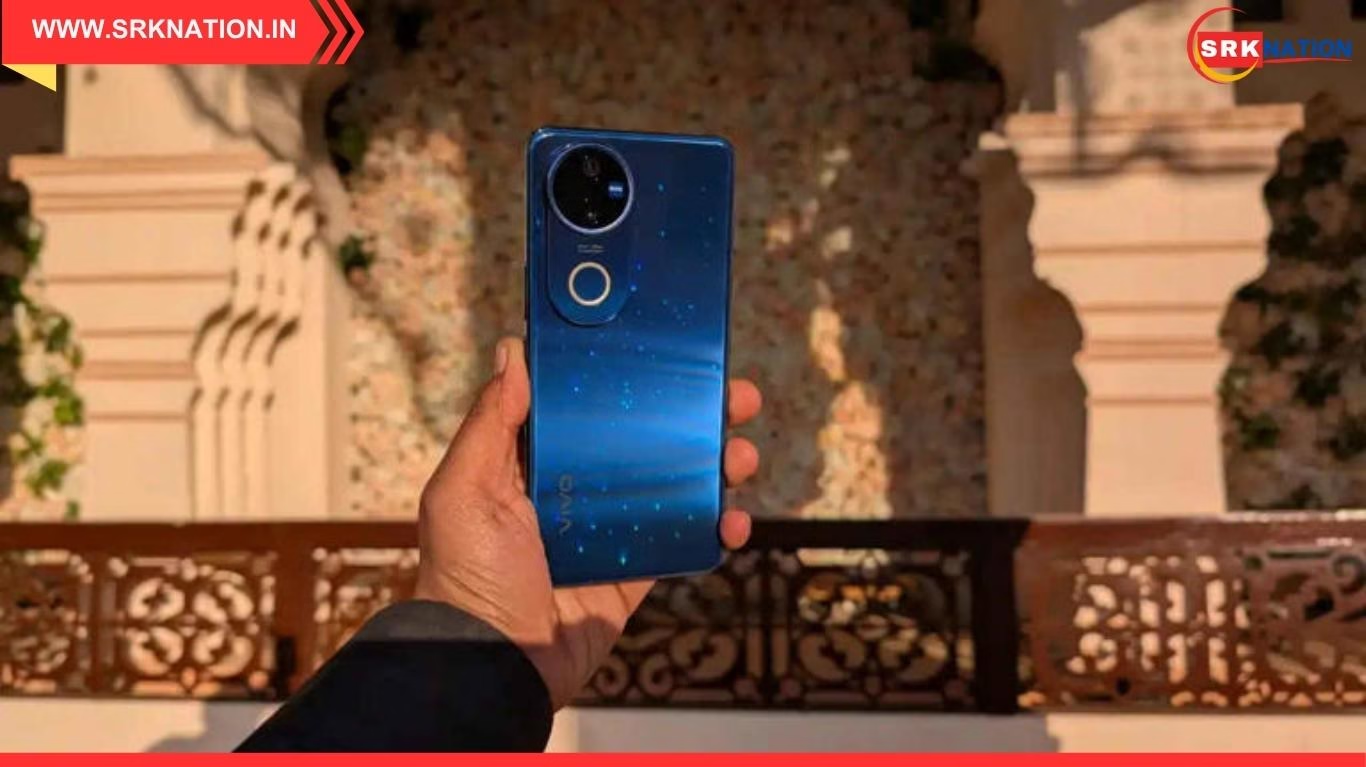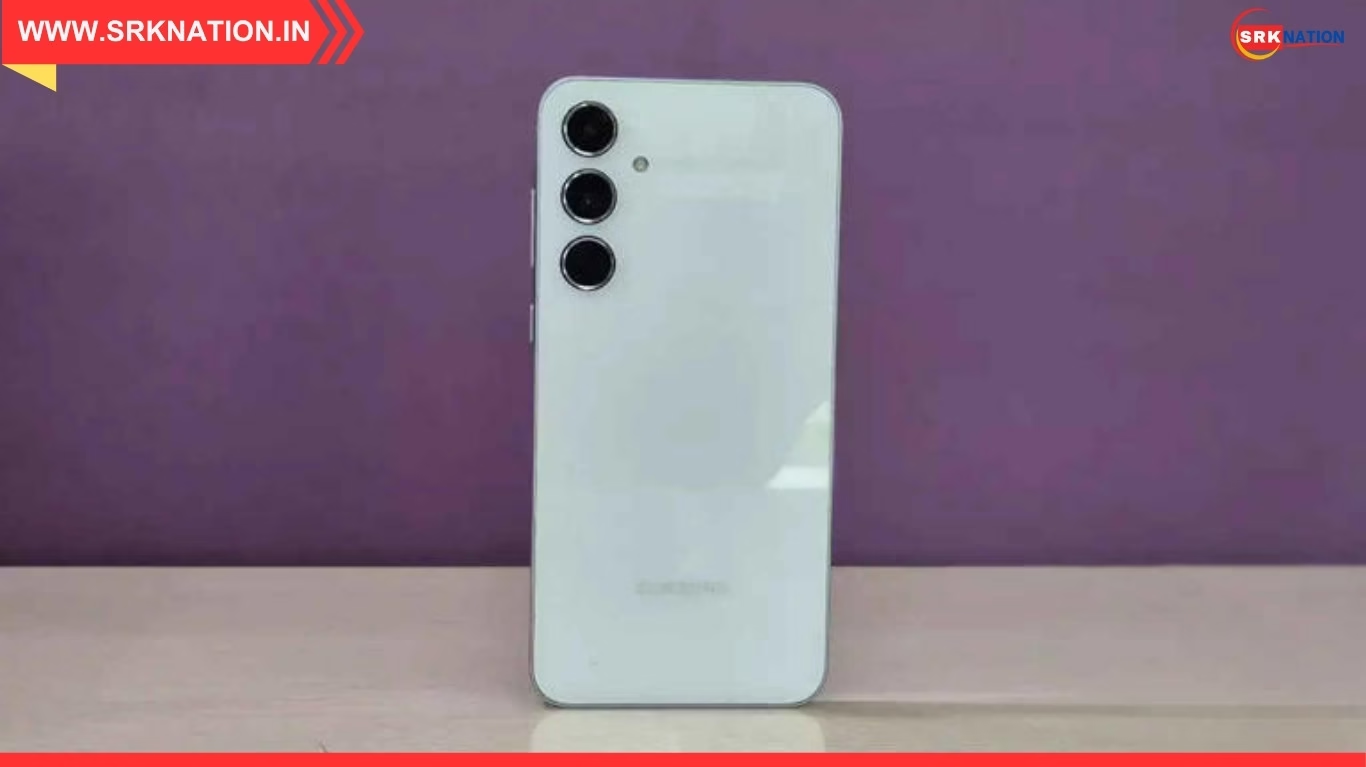In a move that could redefine the boundaries of smartphone intelligence, Samsung is reportedly planning to integrate advanced AI technologies from OpenAI and Perplexity AI into its upcoming smartphone lineup. If realized, this shift could catapult the South Korean tech giant to the forefront of the AI-powered mobile revolution, offering consumers an unprecedented level of personalization, automation, and smart assistance across their devices.
This development comes as generative AI and large language models (LLMs) continue to transform the digital landscape. While cloud-based AI services have already enhanced user interactions in areas like customer service, productivity tools, and content generation, their full integration into handheld devices has remained relatively limited. That could be about to change, with Samsung’s potential embrace of industry leaders like OpenAI and Perplexity AI.
Samsung’s AI Vision: From Bixby to a Smart AI Ecosystem
Samsung has long been investing in AI research, developing its in-house voice assistant, Bixby. However, Bixby has largely lagged behind rivals like Google Assistant and Apple’s Siri, particularly in natural language understanding and contextual conversations. By tapping into OpenAI’s generative language models and Perplexity AI’s innovative question-answering capabilities, Samsung is poised to significantly elevate the intelligence and usability of its smartphones.
Rather than replacing Bixby entirely, the idea appears to be enhancing the current digital assistant framework with the power of next-gen AI. This means users could experience deeper, more meaningful interactions, where their smartphones understand context, intent, and even emotional tone—marking a transition from voice command-based tools to full-fledged conversational AI.
What Could This Integration Mean for Users?
The application of OpenAI and Perplexity AI technologies could unlock a wide array of smart features on Samsung devices. Here are some possible enhancements:
- Conversational Intelligence: Users could chat naturally with their phones, receiving responses that go beyond static answers to include opinions, explanations, or creative suggestions.
- Smart Summaries and Notes: AI could automatically summarize meetings, generate action points, or draft follow-up emails based on spoken or written input.
- Real-time Translations: Language barriers could diminish with on-the-fly translation of text, voice, and video, backed by LLMs trained on massive multilingual datasets.
- Contextual Memory: Smartphones could remember preferences and past conversations, offering better continuity and relevance in responses.
- On-device AI Processing: Thanks to more powerful chipsets like Samsung’s Exynos or Qualcomm Snapdragon, future smartphones might perform these computations locally, reducing latency and enhancing privacy.
Possible Use Cases and Benefits of OpenAI and Perplexity AI in Samsung Smartphones
| Functionality | Before Integration | After Integration with OpenAI & Perplexity AI |
|---|---|---|
| Voice Assistant (Bixby) | Basic commands, limited contextual awareness | Dynamic, multi-turn conversation with memory and personalization |
| Note Taking & Summarization | Manual or keyword-based summaries | AI-generated summaries with contextual insights and bullet points |
| Search Capabilities | Keyword-focused Google/Bing results | AI-generated direct answers, in-depth explanations, real-time updates |
| Translation | Rule-based, static translations | Natural, context-aware multilingual communication |
| Smart Recommendations | Based on app history and preferences | Predictive suggestions using behavioral AI and cross-platform data |
| Accessibility Features | Standard voice-over and magnification | AI-guided navigation, smart prompts for users with impairments |
This leap in capability would particularly benefit professionals, students, and creators—groups that rely on seamless multitasking, quick access to information, and content generation on the go.
AI on the Edge: Will It Run on the Cloud or On-Device?
One of the key questions surrounding this development is whether Samsung intends to run these AI models directly on its smartphones (on-device AI) or rely on cloud computing. Each approach has pros and cons:
| Aspect | Cloud-based AI | On-device AI |
|---|---|---|
| Performance | High processing power | Depends on device chipset |
| Privacy | Data is sent to the cloud | Local processing ensures better privacy |
| Latency | Depends on internet speed | Low latency, faster response times |
| Power Consumption | Less impact on device battery | Requires energy-efficient AI chips |
| Availability | Requires stable internet | Works offline or in low-connectivity areas |
Given the rise of edge computing and AI-specific hardware accelerators, Samsung may adopt a hybrid model, offering cloud capabilities for more intensive tasks while enabling lightweight AI operations locally on the device.
Competitive Landscape: Staying Ahead of Apple and Google
This move could also be a strategic response to recent developments by competitors. Apple has been making quiet yet consistent strides in AI, and rumors suggest that iOS 19 could feature powerful generative AI tools. Google, meanwhile, has already embedded its Gemini AI into Android and Pixel devices, offering users smart reply, summarization, and AI-powered image editing features.
By collaborating with OpenAI—creators of ChatGPT—and Perplexity AI—an innovative search assistant designed around deep LLM capabilities—Samsung could leapfrog its competition. The brand’s strong presence in both premium and mid-range markets ensures a broad user base that stands to benefit from these advancements.
Timeline and Devices: When Could This Roll Out?
While Samsung has not confirmed a timeline, industry watchers speculate that these AI features may debut as early as the Galaxy S25 series, expected in early 2026. Alternatively, limited versions might appear in select regions or beta programs by late 2025.
The rollout strategy could look like this:
| Expected Milestone | Estimated Timeline |
|---|---|
| Internal testing and developer SDK | Q3 2025 |
| Announcement of AI-powered assistant | Q4 2025 |
| Launch with Galaxy S25 Series | Q1 2026 |
| Expansion to mid-range devices | Q2–Q3 2026 |
| Full integration in Samsung ecosystem | Late 2026 onward |
As AI becomes a core pillar of the user experience, Samsung’s wider ecosystem—smartwatches, TVs, home appliances—may also receive AI upgrades for consistent cross-device intelligence.
Challenges Ahead: Privacy, Ethics, and Energy Efficiency
Despite its potential, this AI expansion is not without challenges. Key concerns include:
- Data Privacy: Users must trust that their conversations and data remain secure. Samsung will need to prioritize end-to-end encryption, user control over data, and transparent AI behavior.
- Energy Usage: Running powerful AI models can strain battery life. Future devices may need AI-optimized chips and improved battery technology.
- Bias and Misinformation: AI models must be trained responsibly to avoid spreading false or harmful content.
- User Education: Consumers will need clear onboarding and support to understand the AI’s capabilities and limitations.
Samsung’s long-standing reputation in hardware innovation and its partnerships with AI leaders could help it navigate these challenges effectively.
Conclusion: A Paradigm Shift in Smartphone AI
If Samsung successfully integrates OpenAI and Perplexity AI technologies into its smartphones, it would mark a significant milestone in the evolution of mobile devices. This isn’t just about voice assistants anymore—it’s about reimagining what a smartphone can be: a proactive, intelligent companion that learns, adapts, and simplifies life in increasingly intuitive ways.
As digital life gets more complex, the demand for seamless, context-aware, and privacy-centric AI is only growing. Samsung’s bold step toward merging cutting-edge AI with mobile innovation could redefine how people interact with technology daily.
Whether it’s drafting emails, answering questions, managing health goals, or simply having a human-like conversation, the smartphones of tomorrow may very well become smarter than ever before—and Samsung seems ready to lead that charge.
Disclaimer: This news article is based on industry developments, expert analysis, and ongoing speculation. Samsung has not officially confirmed product features or partnerships at the time of publication. Readers are advised to follow official announcements and stay updated with verified sources for the latest information.



